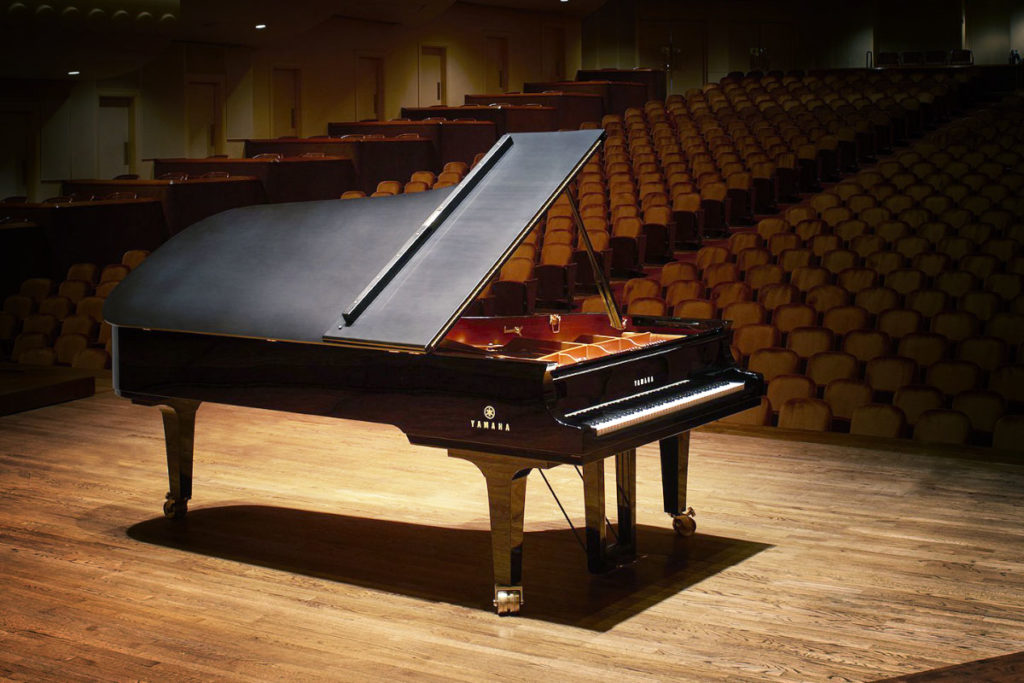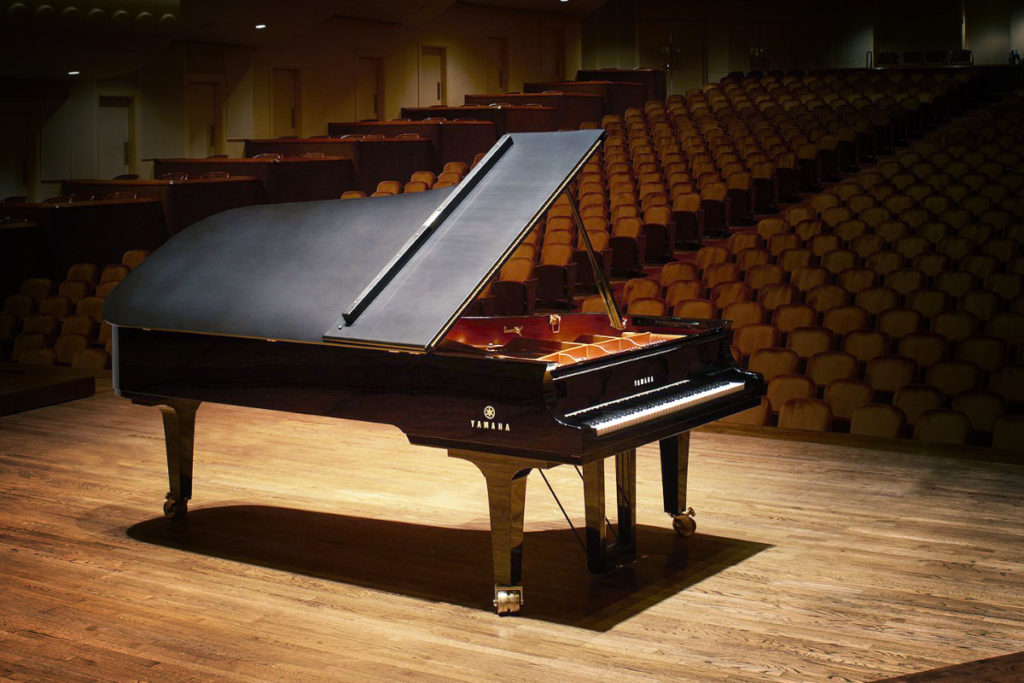Pro Tips for Recording a Grand Piano: Comprised of over 12,000 moving parts, a nine-foot-long grand piano is one of the most complex and largest instruments that any musician will ever play. No matter the genre – classical, rock, jazz, metal, country or pop, a grand piano always has a place. Recording such a grand instrument is also a grand task and it should be performed meticulously. The grand piano can be recorded in multiple ways.
Usually, most people have access to just a single grand piano and it’s generally the style of music that dictates the type of microphones and mic placement. Sometimes a given type of music will require you to move the piano into a different physical space to take advantage of its distinct acoustic properties. The best way to learn which of the mic placements works best for you is to experiment, but here are a few of the many approaches that people regularly use. There is no best approach — a well-rounded engineer will adjust to meet the specific circumstances of every session.

Cutting Through a Mix
For your piano to cut through the mix, whether on a rock track or a contemporary jazz track — you should try out a spaced pair of small-diaphragm microphones with a cardioid pattern about six inches above the hammers. This placement emphasizes the percussive aspects of a piano and it does a great job of capturing the sound of the hammers hitting the strings. It can also de-emphasize the low end of the instrument a bit and brighten up the sound overall.
Start with the mics about 15 inches apart and listen to the balance between the low and high strings. You’ll want to be sure that the two mics are spaced far enough apart that both the highest and lowest notes are pretty similar in level, but close enough together to prevent the notes from the middle of the piano from disappearing. There may be hot spots if the microphones are too close to the hammers, and the notes right under the mics will sound louder than those farther away.
Sitting in the Track
When the piano’s primary role on a session is support rather than being the featured instrument, especially when recording more old-school styles of music, a spaced pair of large-diaphragm mics inside the piano can be great. For this sort of application, you generally don’t need to emphasize either the transients or the high frequencies, but simply want to capture a warm, full-range piano sound.
Put a pair of large-diaphragm microphones with a cardioid pattern facing toward the strings, about 18 inches apart, four to six inches above the strings, and six to eight inches behind the hammers. The resulting sound is mellower and much better than when the mics are placed above the hammers.
If you need to darken the recorded sound of the piano even more, move the mics farther from the hammers, closer to the end of the piano. Besides picking up a bit less of the transient high frequencies, this placement also brings the mics closer to where the instrument’s bass strings cross under the midrange strings, which will enhance the bottom end of the piano. Angle the mics slightly away from each other instead of pointing them straight down. to get a bit more left to right separation.
Capturing a More Classical Sound
The mic setups discussed so far involve placing microphones inside the piano, but — when you’re working in the world of classical music — things change. Most of the concertgoers who listen to classical music are more familiar with the sound of an un-miked grand piano in an acoustic space like a recital hall.








